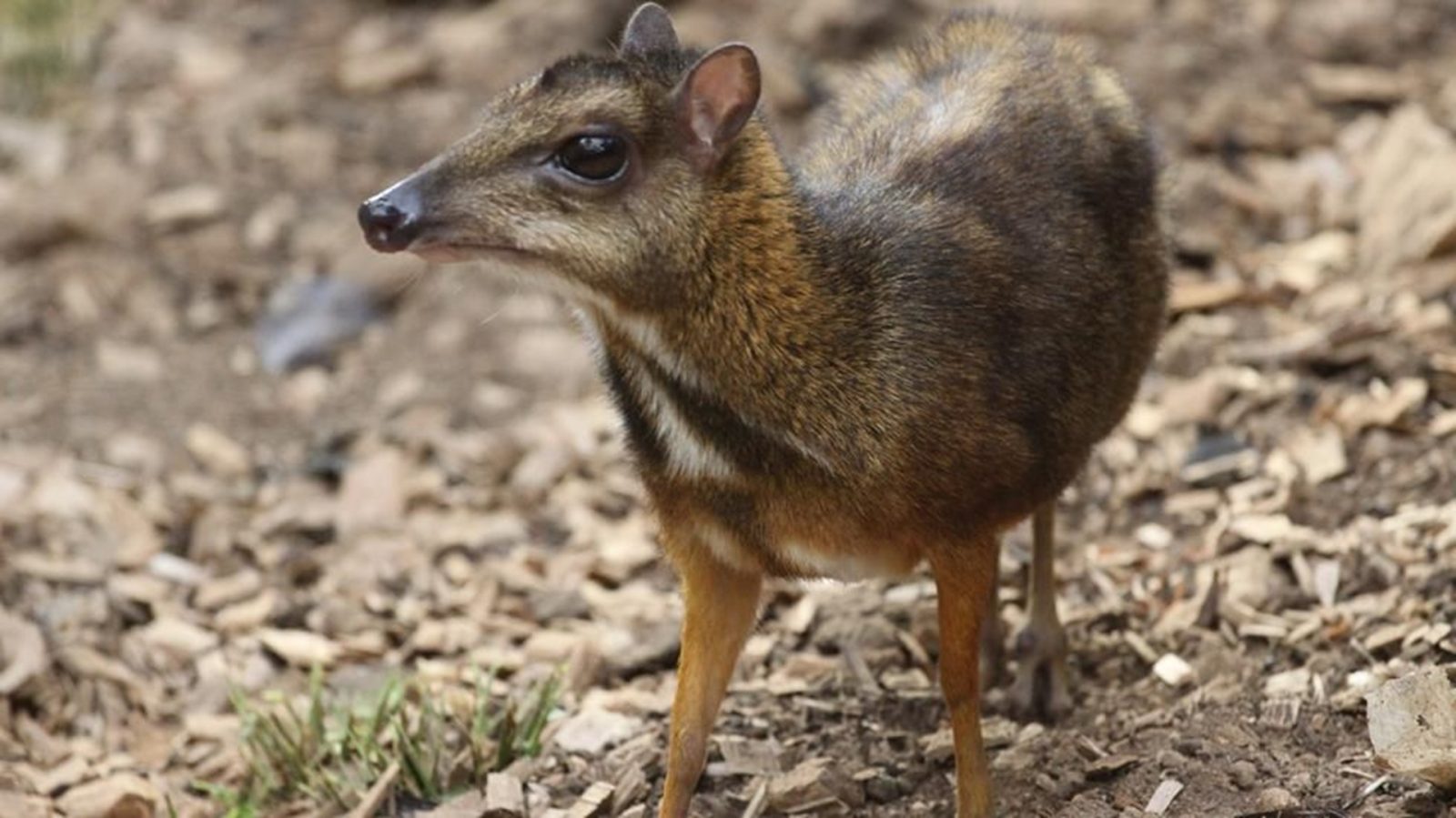
Williamson Mouse-deer
 The Williamson’s mouse-deer (so named because of the collector Walter James Franklin Williamson).
The Williamson’s mouse-deer (so named because of the collector Walter James Franklin Williamson).
It is found in Thailand and possibly in China Its evolutionary history appears to date back 11 million years, making it possibly the oldest member of its family. With long ears and short legs, it looks similar to both deer and rodents.
It was only rediscovered by scientists in 2010.
Weighing only 1-2kg and standing 30cm tall at the shoulder (and up to 40cm long), they inhabit lowland rainforests throughout bits of Malaysia, Singapore, Thailand, Cambodia, Vietnam and Indonesia.
There are 2 recognized subspecies, one covering the mainland range, and the other found on islands in its range. Unfortunately, being shy and nocturnal, they are relatively rarely spotted, which makes it hard to have accurate estimates for numbers, however, given they live in rainforest and many of these are being removed, it is highly likely that they are declining.
Although primarily looking for food on the ground (and consuming leaves, fruits, flowers, bark, insects and even small invertebrates, it is also capable of using its tail as a fifth limb, which allows it to feed in areas others might not reach such as the canopy of the trees.
They are mostly active during the day, but have very sharp senses, allowing them to notice threats quickly and have time to hide.
Their biggest threats to long-term survival include poaching and habitat loss.
